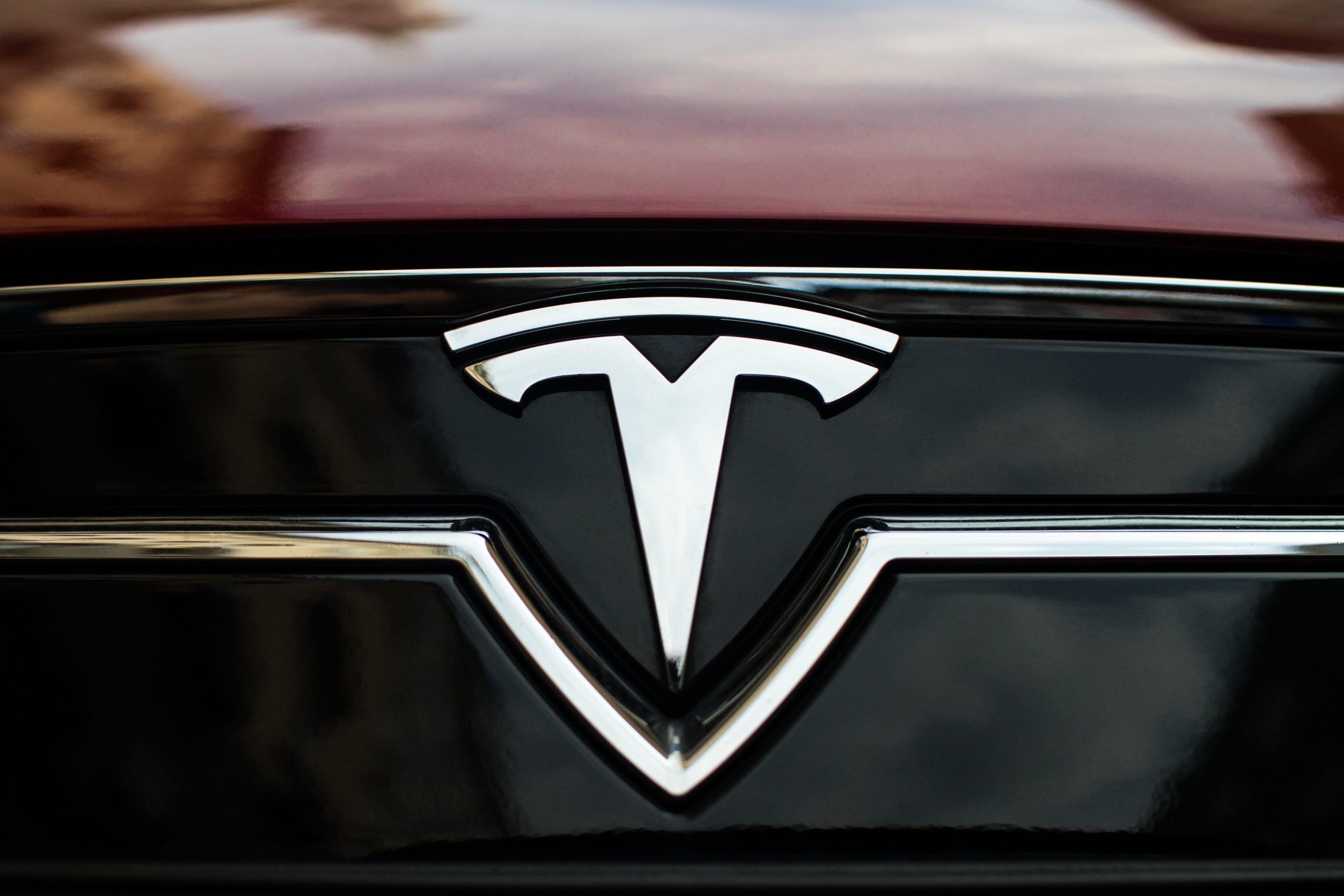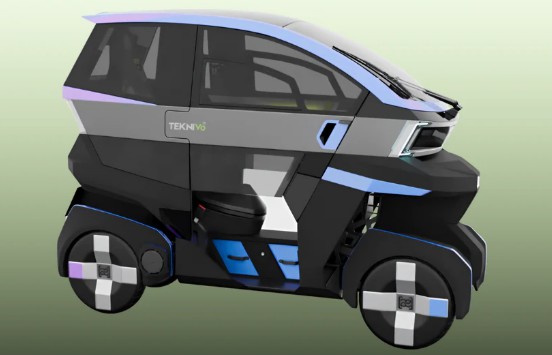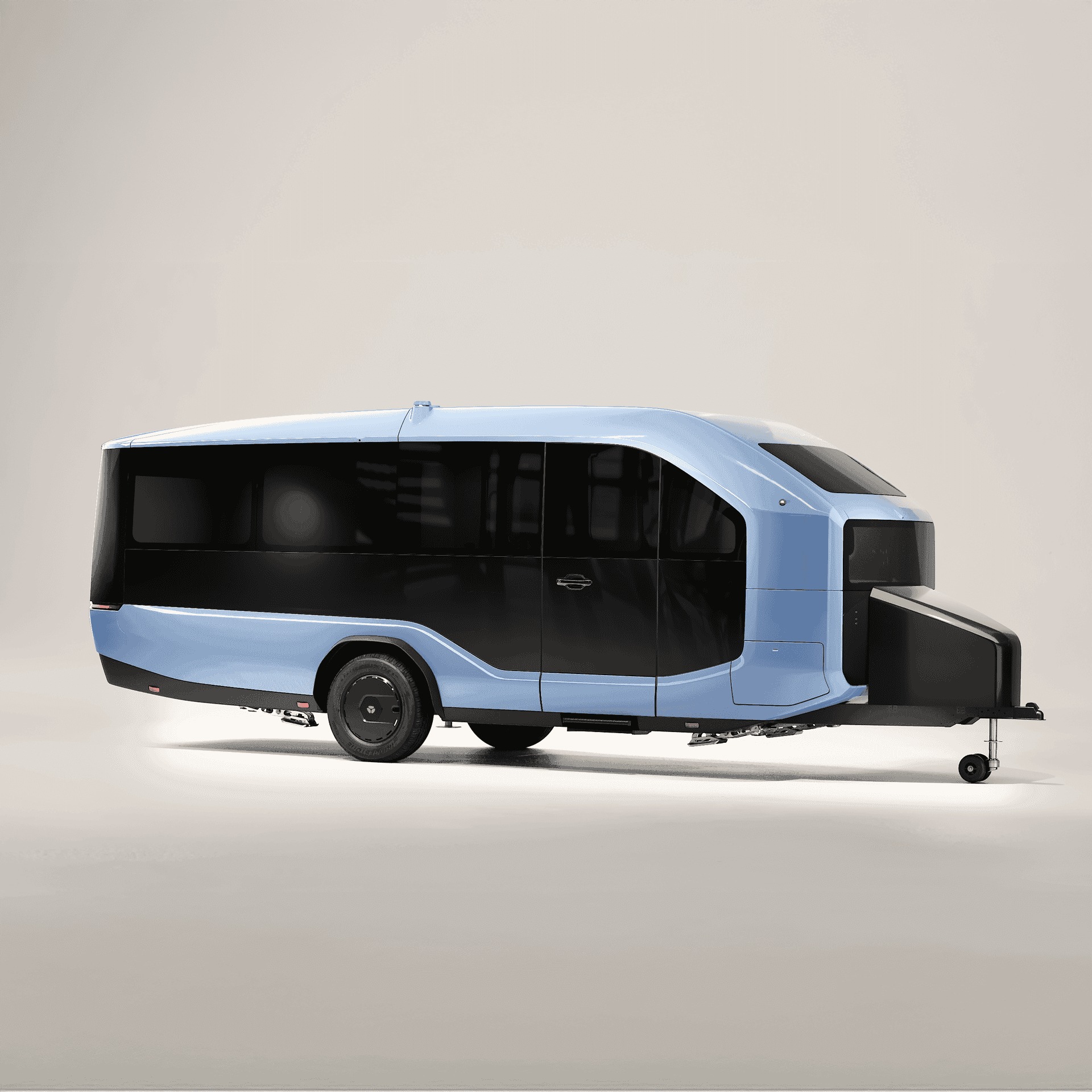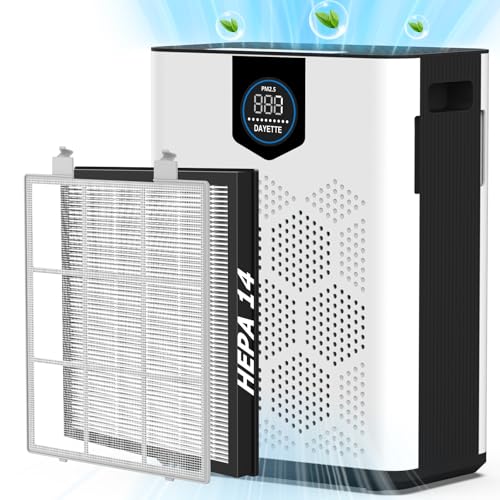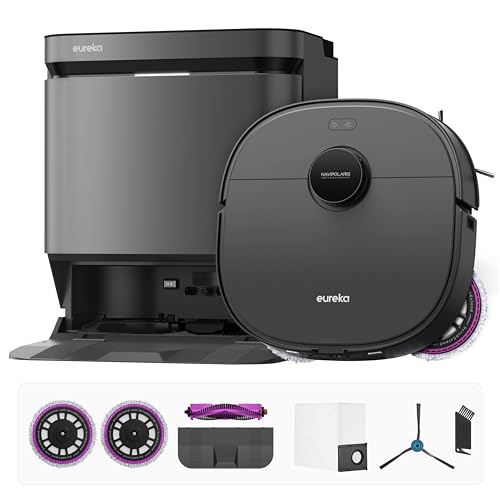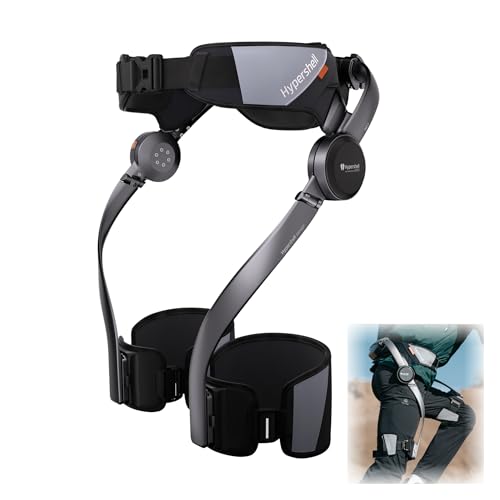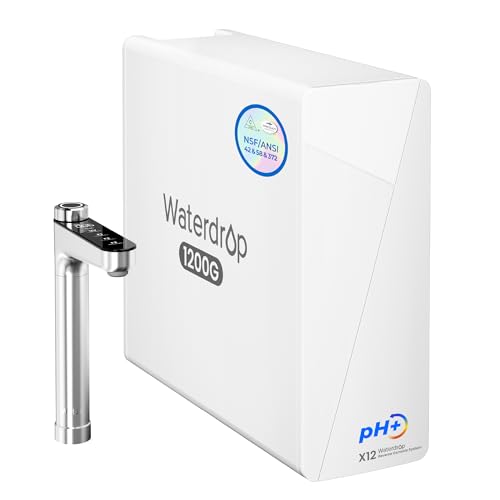The world of robotics has taken a groundbreaking leap forward with DEEP Robotics’ Lynx M20, the first wheeled robot dog designed to conquer extreme environments. This innovative quadruped blends the speed of wheels with the flexibility of legs, creating a versatile machine capable of traversing mud, rubble, mountains, and other challenging terrains. The Lynx M20 represents a significant advancement in industrial robotics, specifically engineered for infrastructure inspection, disaster response, and scientific exploration in hazardous conditions. As we explore this remarkable machine, we’ll walk through six key concepts that make it a game-changer in the field of robotics, examining how its unique design and capabilities are opening new possibilities for robots working alongside humans in the most demanding environments.
Wheels Meet Legs: Revolutionary Design

The Lynx M20’s most groundbreaking feature is its pioneering hybrid mobility system, which combines wheels with articulated legs. This clever design enables the robot to move as swiftly as a wheeled machine while adapting like a legged one to uneven terrain. By merging both mobility strategies, DEEP Robotics has built a robot that can overcome many of the physical limitations other machines face. Its wheeled legs reconfigure on the fly—climbing 25 cm stairs, squeezing through 50 cm gaps, and even scaling single steps up to 80 cm high. Whether it’s darting across smooth floors or carefully stepping through rubble or wetlands, the M20 adapts like a true companion. This kind of robotic agility hints at how future smart machines might not just assist, but move with us.
Small Size, Big Performance

Despite its impressive capabilities, the Lynx M20 maintains a remarkably compact and lightweight design. Weighing just 72 pounds (33 kilograms), the robot is light enough for a single person to carry, making deployment quick and easy even in remote locations. This portability doesn’t come at the expense of strength, however, as the M20 can carry payloads of up to 33 pounds (15 kilograms) during normal operations. Even more impressive is its maximum load capacity of 1100 pounds (50 kilograms), allowing it to assist with substantial tasks when needed. The robot’s small footprint enables it to access confined spaces that would be impossible for larger machinery or dangerous for human workers, such as utility corridors and tunnels.
Built for the Extremes

The Lynx M20 is engineered to withstand the harshest environments on Earth, making it suitable for deployment in disaster zones and industrial settings alike. With an IP66 rating, the robot is fully protected against dust ingress and powerful water jets, allowing it to operate reliably in dusty construction sites or during rainy conditions. Its impressive temperature tolerance range of -20°C to 55°C means it can function effectively in freezing winter conditions or hot desert environments without performance degradation. Video demonstrations show the M20 confidently wading through water, traversing desert sands, and navigating unstable debris fields – environments that would quickly disable conventional robots.
Seeing and Understanding the World

What truly sets the Lynx M20 apart is its sophisticated suite of perception technologies that enable intelligent navigation and obstacle avoidance. The robot features dual 96-line LiDAR sensors that create detailed 3D maps of the surrounding environment, allowing it to detect and measure obstacles with high precision. Wide-angle cameras provide additional visual information, while the 360°×90° field of view ensures no potential hazard goes unnoticed. These sensors feed into advanced algorithms that enable the M20 to make autonomous decisions about path planning and obstacle avoidance, reducing the need for constant human operation. The robot’s bidirectional lighting system further enhances its perception capabilities, allowing it to operate effectively in low-light conditions.
Power When It Matters

The Lynx M20 is designed for extended missions with impressive endurance capabilities that ensure it can complete tasks without frequent downtime. With a range of 7.4 miles (12 kilometers) on a single charge, the robot can cover significant distances during reconnaissance or inspection operations. It maintains up to 2.5 hours of continuous operation under load, allowing it to complete complex tasks without interruption. Perhaps most importantly for mission-critical applications, the M20 features hot-swappable batteries that can be quickly replaced in the field without shutting down the robot’s systems. This design choice dramatically reduces downtime and ensures the robot can remain operational during extended deployments.
From Concept to Critical Infrastructure

The Lynx M20 represents not just technological innovation but practical solutions to real-world challenges. DEEP Robotics has already demonstrated the real-world value of its robotic systems through the deployment of its X30 model (nicknamed “SPock”) in Singapore’s underground power-cable network. Working with SP Group, Singapore’s gas and electricity distributor, this robot autonomously patrols subterranean transmission tunnels, using thermal-imaging sensors and high-resolution cameras to identify potential hazards like structural irregularities, water seepage, and fissures. By eliminating approximately 480 hours of manual inspection labor annually, these robots support human workers by handling dangerous, repetitive tasks while freeing staff to focus on more complex problems.








